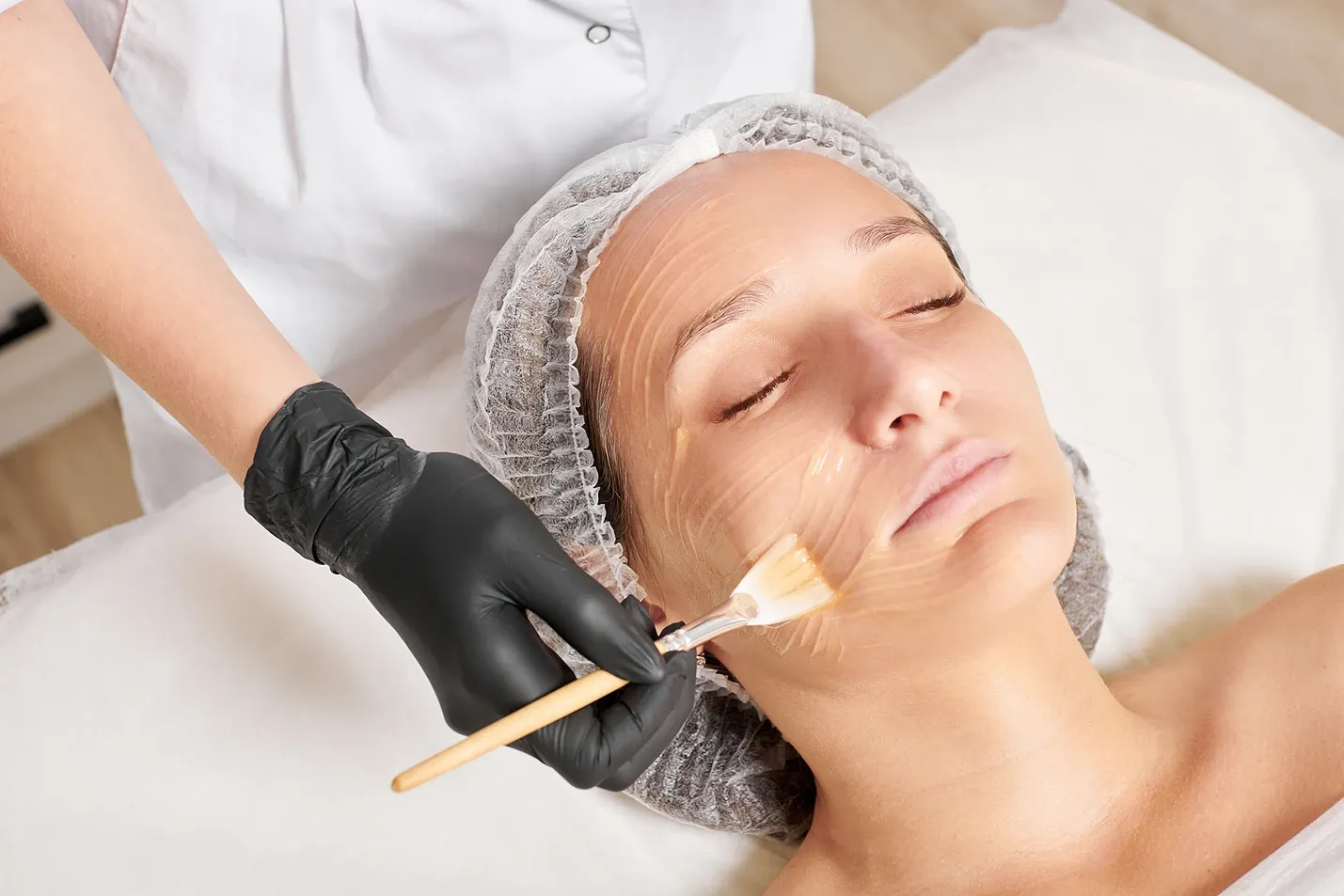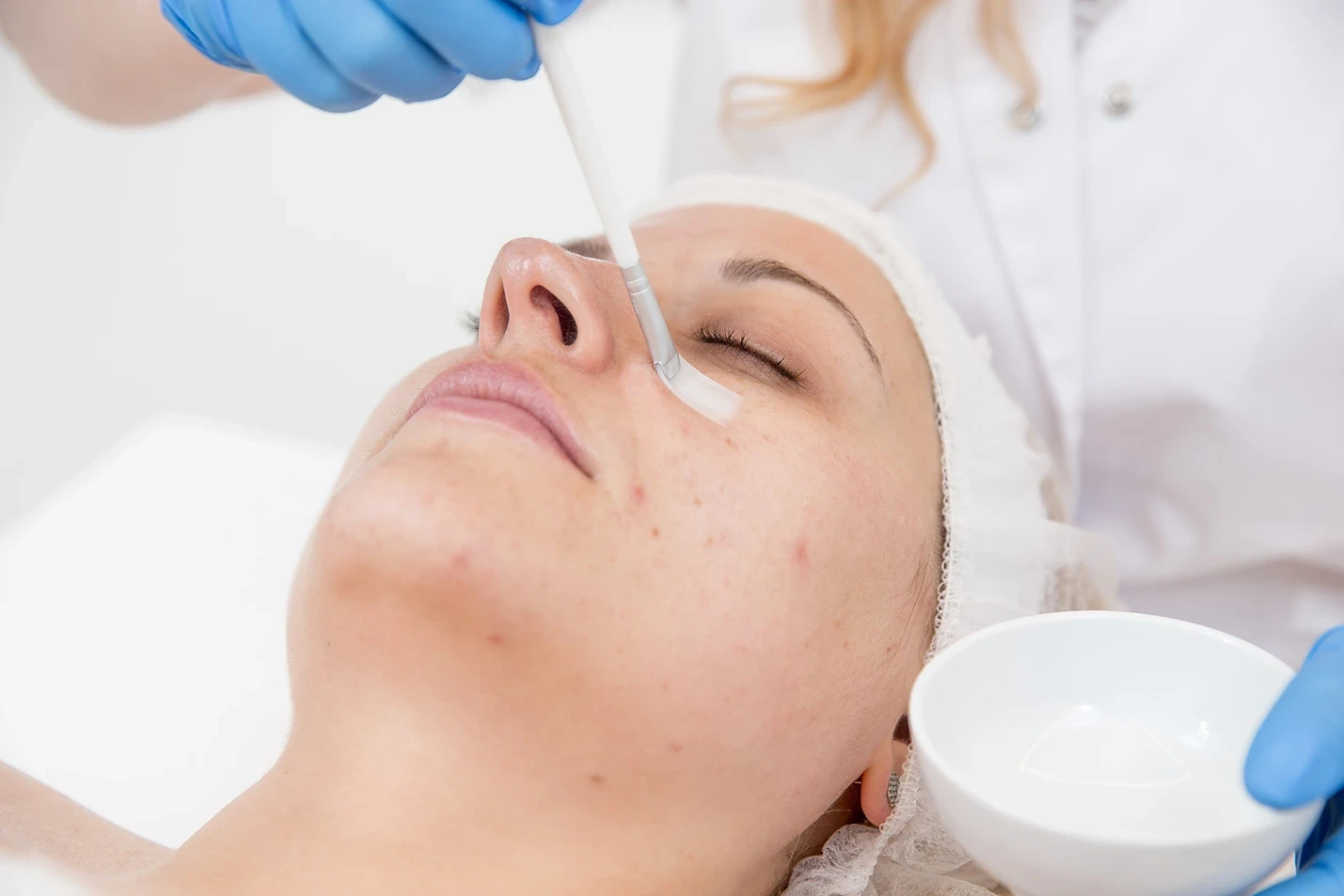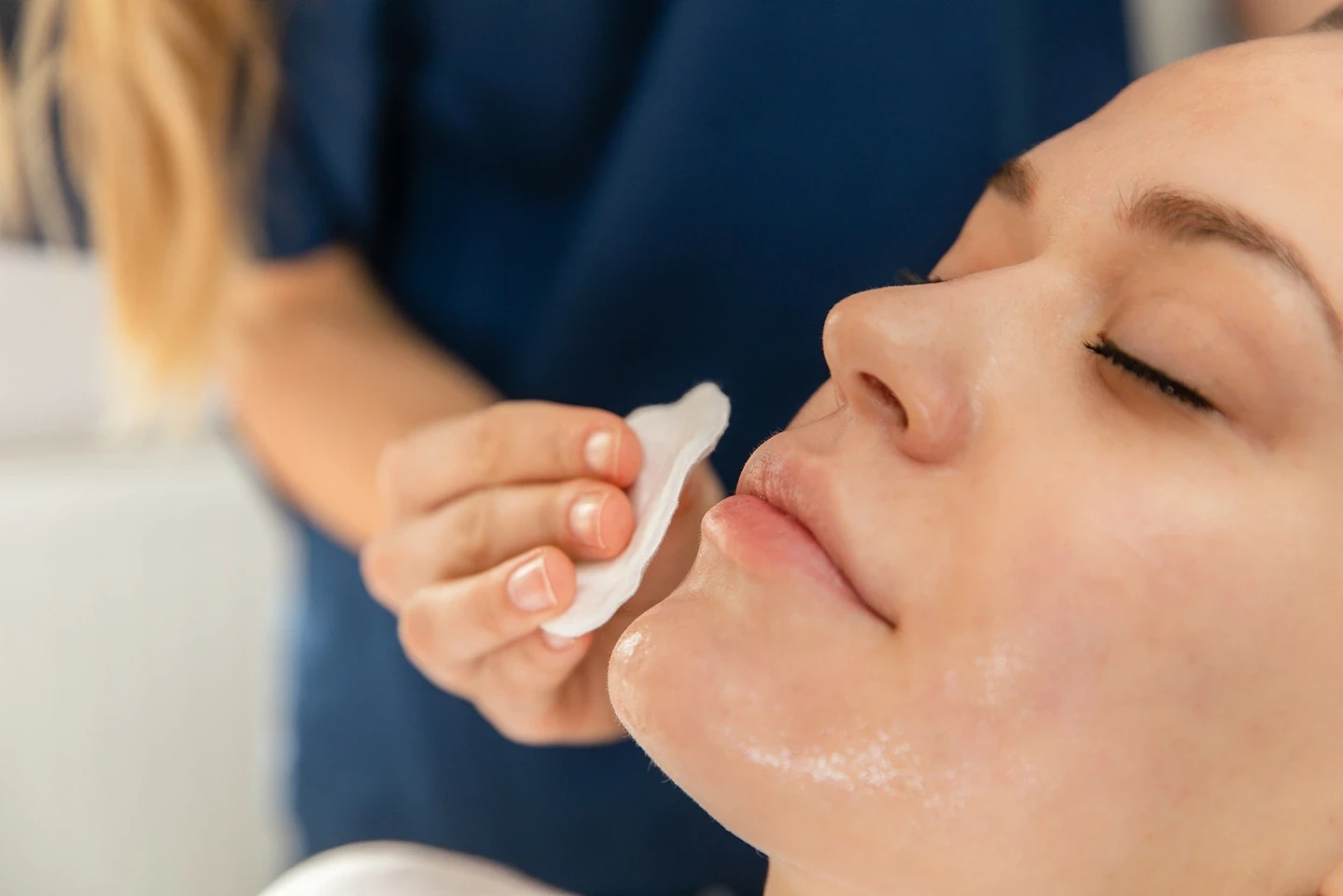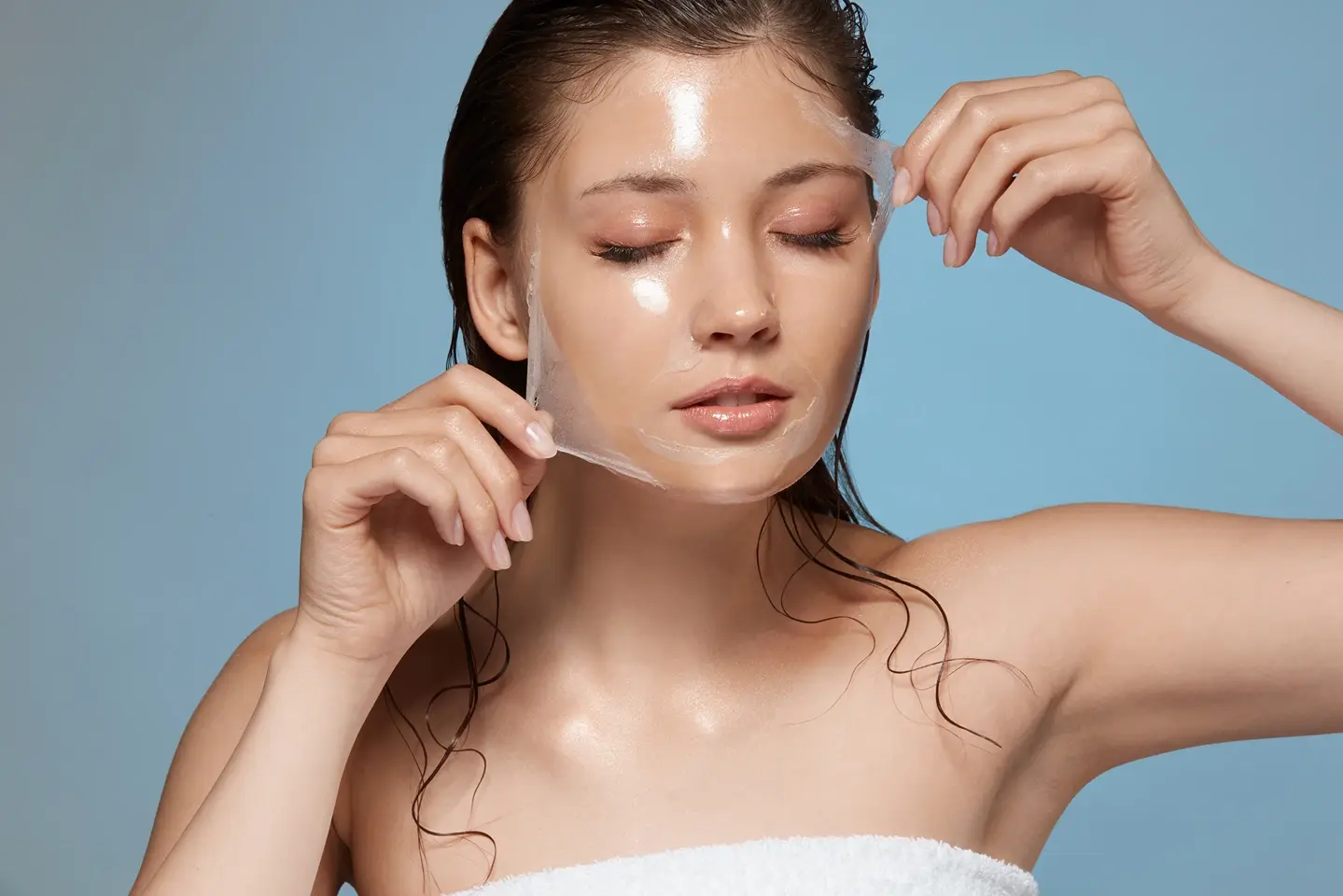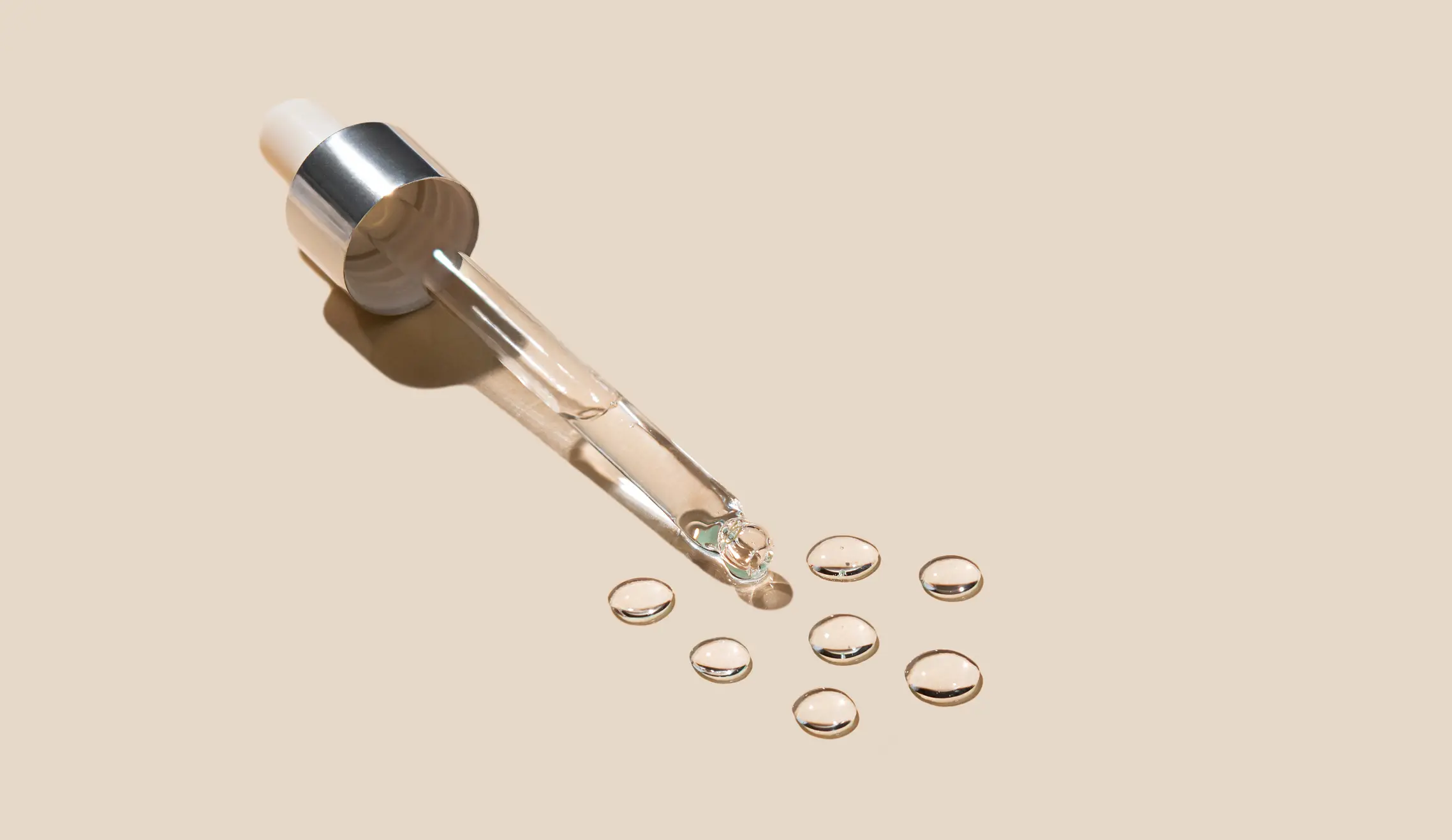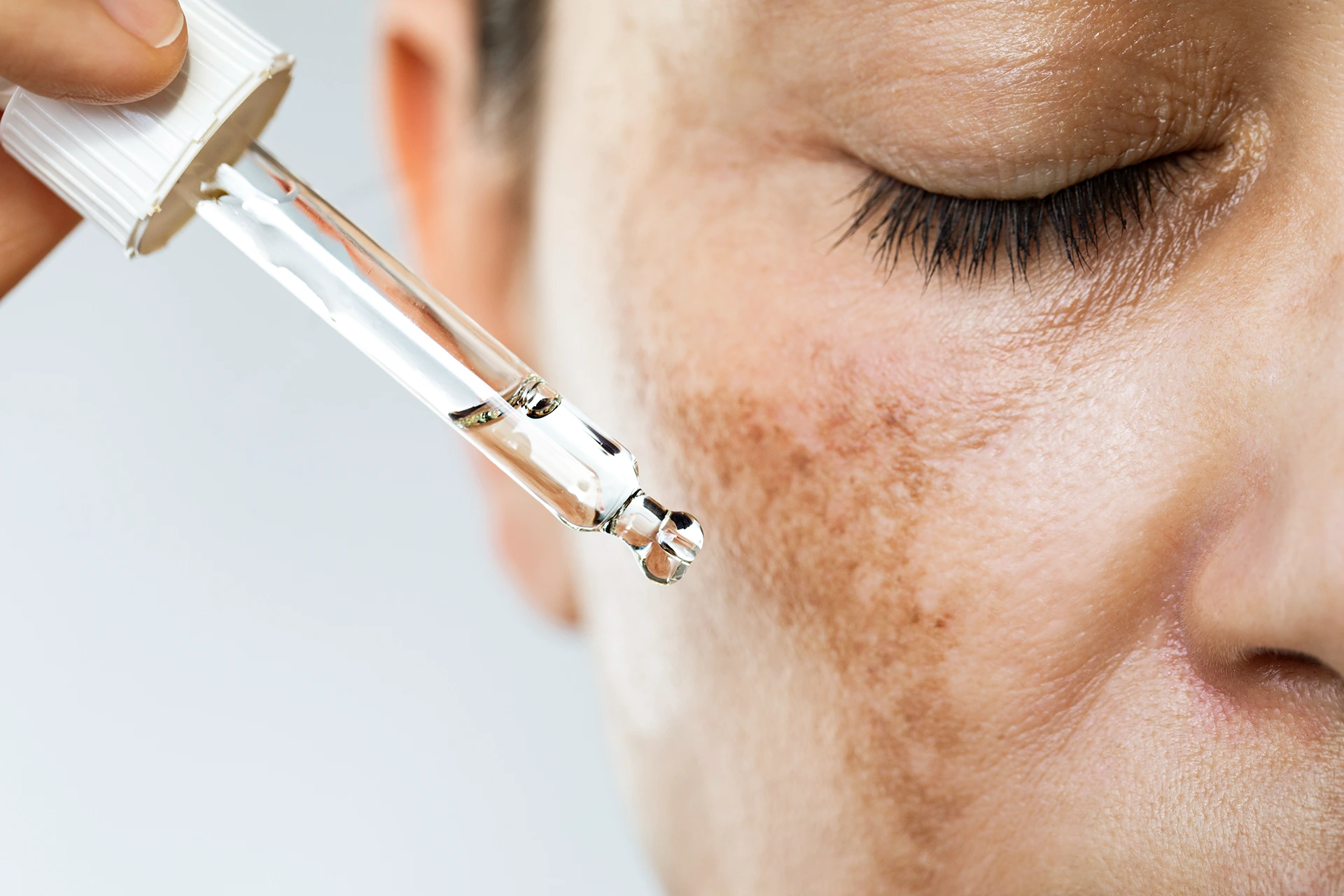Getting to the Root of No Peeling Chemical Peels
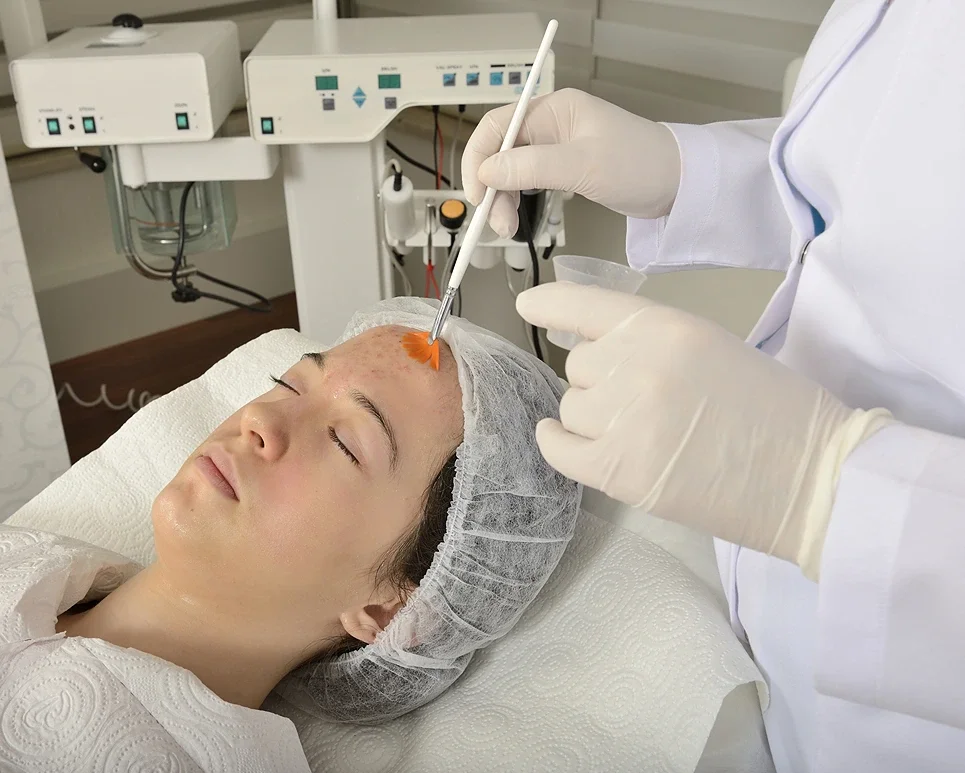
Sometimes skin does not peel after getting a chemical peel. This can happen if the chemical solution was not strong enough or left on the skin long enough to cause peeling.
You just had a chemical peel, but instead of seeing your skin transform through dramatic peeling, nothing seems to be happening. Now you’re wondering, why didn’t my chemical peel make my skin peel?
It’s a common concern to expect visible peeling after a chemical peel treatment. The idea is that peeling reveals fresh new skin underneath, leading to a brighter, youthful complexion. However, there are many factors that determine the peeling process after a chemical peel.
While it may seem concerning when your chemical peel doesn’t peel your skin, it doesn’t necessarily mean the treatment failed.
Get professional advice on the best chemical peel for your unique skin type and condition from the experts at CosMedic LaserMD. Contact us now
Possible Reasons Why Your Skin Didn’t Peel After a Chemical Peel
Let’s explore the possible reasons your chemical peel didn’t peel and what you can do to get the gorgeous, glowing results you want.
1. Depth of the Peel
Chemical peels come in different strengths and depths. The depth of the peel determines how far into the skin the chemicals penetrate and what kind of results you can expect.
Light Peels
Light chemical peels use dilute acids to exfoliate the outermost layer of dead skin cells. They typically use alpha hydroxy acids (AHAs) like glycolic acid or fruit acids. Light peels provide gentle exfoliation and don’t penetrate deep enough to cause peeling. Their main benefits include:
- Improving texture and brightness
- Reducing fine lines and wrinkles
- Clearing up mild acne and discoloration
Since light peels only affect the most superficial layer of skin, there is no visible peeling or downtime. However, they produce minimal and temporary results that require repeat treatments.
Medium Peels
Medium depth peels use trichloroacetic acid (TCA) at concentrations of 10-30%. They penetrate to the upper part of the dermis. Medium peels cause moderate exfoliation that leads to swelling and peeling of the outer layers over several days. Their benefits include:
- Smoothing fine lines and wrinkles
- Improving skin tone and texture
- Reducing acne scars and pigmentation
The peeling process is more noticeable with medium depth peels, along with moderate redness, swelling, and recovery time.
Deep Peels
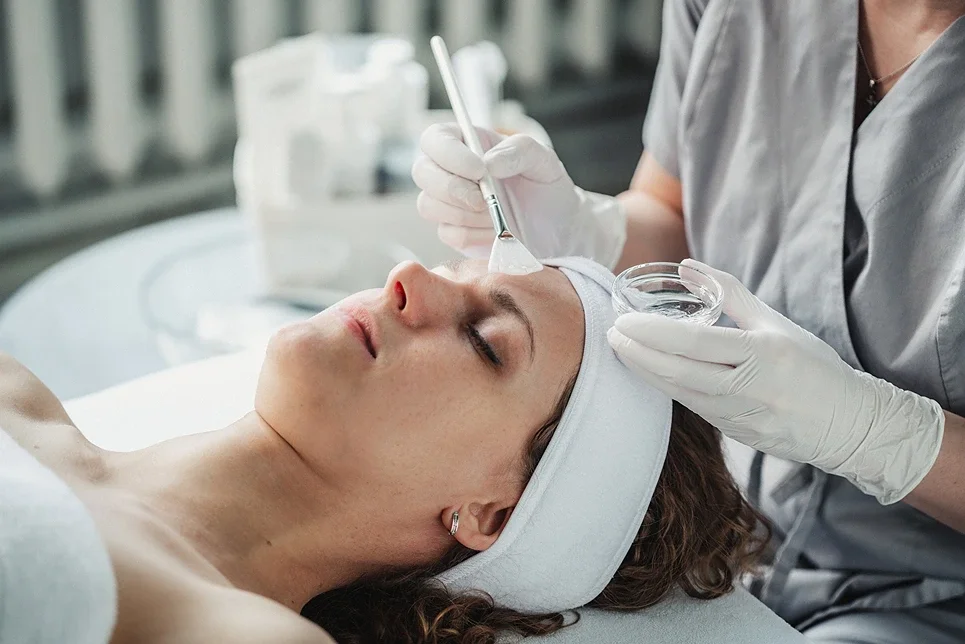
Deep chemical peels use higher concentrations of TCA (over 50%) or phenol to penetrate deep into the middle dermis. They typically require sedation or local anesthesia. Deep peels lead to more dramatic exfoliation and peeling that takes 1-2 weeks to complete. Their benefits include:
- Significant improvements in sun damage and wrinkles
- Reducing deeper scars and lesions
- Tightening loose facial skin
Deep peels have an extended downtime with visible peeling, discomfort, and a longer healing process.
If you had a lighter peel, like a glycolic acid peel, it makes sense that your skin didn’t visibly peel. The chemicals simply didn’t penetrate deep enough. Don’t worry – lighter peels can still gradually improve your skin!
2. Skin Type and Condition
The condition and sensitivity of your skin can also influence the peeling process after a chemical peel.
Oily Skin
Those with oily skin types tend to experience less peeling and flaking after a chemical peel. Since their skin produces more oil and has larger pores, it may be more resistant to chemical exfoliation. The peel solutions are better able to penetrate and dissolve oil and debris from pores.
Dry Skin
On the other hand, those with dry skin often report more intense peeling, redness, and irritation from chemical peels. The chemicals penetrate more readily into dehydrated skin, causing increased inflammation and peeling.
Sensitive Skin
If you have highly sensitive skin, it may become easily irritated by chemical solutions. Sensitive skin is more reactive and prone to redness, stinging, and swelling. As a result, it may peel less after a chemical peel due to the milder solutions used.
Acne, Rosacea, Eczema
Pre-existing skin conditions like acne, rosacea, and eczema can also influence the effects of a chemical peel. The affected skin may be more vulnerable to damage from the chemicals. As a result, the peel solutions used are often gentler to avoid further irritation.
The condition and type of your skin impacts how it reacts to chemical peels. Healthy, thicker skin is more resilient to peeling, while sensitive, inflamed skin is more likely to peel and flare up.
3. Product Formulation
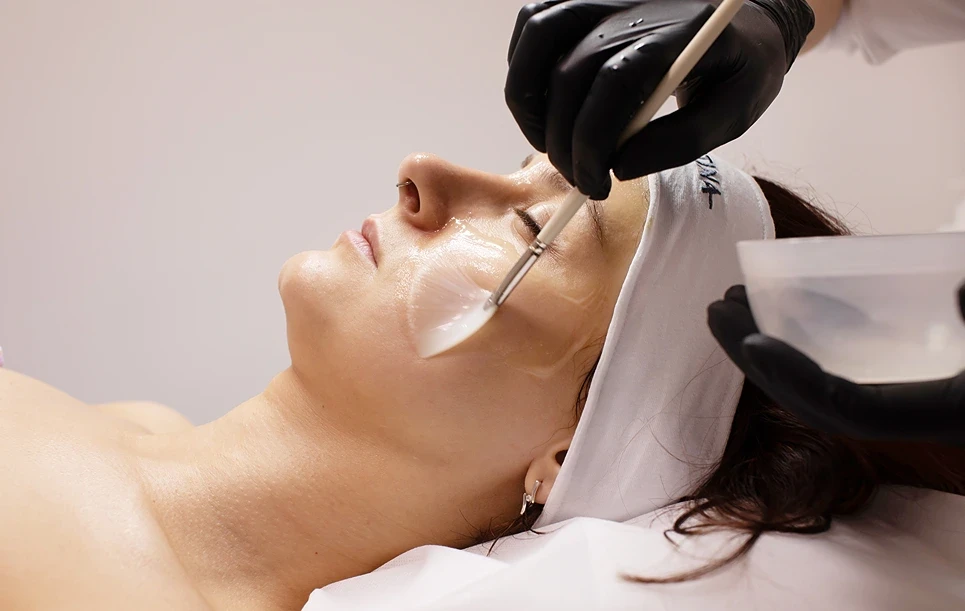
The specific formulation of the chemical peel solution also plays a major role in whether or not your skin will visibly peel. Professional chemical peels are typically made with precise concentrations of acids mixed together in a base solution. The ingredients work synergistically to create the desired peel depth.
Here are some factors about chemical peel solutions that affect peeling:
| Factor | Description |
| Acid Types | Alpha hydroxy acids (AHAs) like glycolic acid cause lighter peeling. Beta hydroxy acids (BHAs) like salicylic acid penetrate oil and debris in pores. Trichloroacetic acid (TCA) in medium and deep peels lead to more pronounced peeling. |
| Acid Concentration | Higher concentrations result in deeper penetration and more peeling; light peels use concentrations under 20%, while deep peels use concentrations over 50%. |
| pH Level | Lower pH levels increase acid effectiveness and potential for peeling; solutions typically have a pH under 3.5. |
| Additional Actives | Some peels include agents like retinoids to enhance exfoliation; gentler ingredients like niacinamide may reduce irritation and peeling. |
| Base Solutions | Base carrier agents affect acid absorption; oil-based solutions drive deeper penetration compared to water-based solutions. |
If you had a chemical peel solution with gentler acids at lower concentrations, milder base solutions, and added soothing agents, there is a good chance it may not visibly peel your skin. However, it can still improve tone, texture, and radiance.
Trust CosMedic LaserMD’s experienced staff to formulate a customized chemical peel solution using the right acids and actives for your skin. Schedule a consultation today
The Critical Role of Post-Peel Skin Care
How you care for your skin after the chemical peel procedure also influences how much peeling occurs. Proper aftercare is vital for protecting the treated skin and optimizing results.
Here are some post-peel mistakes that can hinder peeling:
- Skipping prescribed skin medications like retinoids to enhance peeling
- Not gently washing the skin to lift away dead skin cells
- Failing to apply ointments to keep the skin moist and promote peeling
- Neglecting to use sun protection, allowing UV damage to treated skin
- Picking at flaky skin, disrupting the natural peeling process
- Using abrasive scrubs, cleansing brushes, or products with harsh ingredients
- Going back to normal activities too soon instead of resting skin
Make sure to carefully follow your dermatologist’s instructions for post-peel skincare. Allowing your skin adequate time to heal while keeping it moisturized and protected will maximize peeling.
What Should I Do If My Chemical Peel Isn’t Peeling?
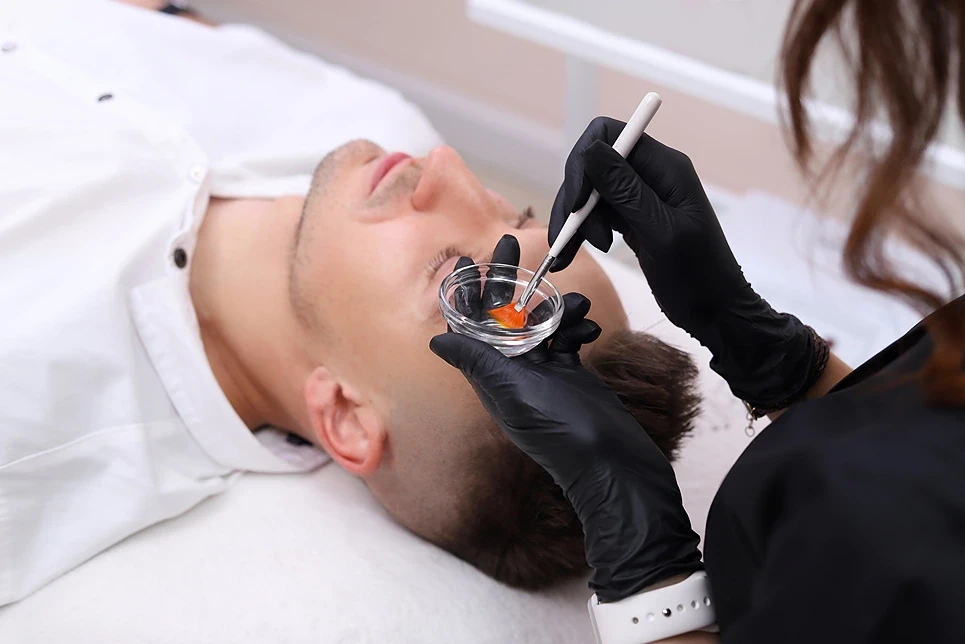
If your chemical peel hasn’t started peeling within 2 to 5 days, don’t panic. But you may need to take action to get the peeling going. Here are some tips:
1. Consult Your Dermatologist
Schedule a follow up appointment with your dermatologist a few days after your chemical peel. They will assess your skin and determine if:
- The peel solution wasn’t strong enough to penetrate your skin
- You need to continue post-peel skincare to remove dead skin
- You simply require more time and patience for peeling
Based on the evaluation, your doctor can recommend enhancements like a stronger peel formula for your next treatment.
2. Try At-Home Peeling Accelerators
Your dermatologist may advise using over-the-counter products with acids like glycolic acid or retinol to accelerate the peeling. Apply as directed for a few days to gently slough off dead skin.
However, avoid using abrasive scrubs or tools to forcibly peel, which can damage healing skin.
3. Continue Proper Post-Peel Skincare
Stick to the recommended skincare routine of:
- Gentle cleansing to lift off dead skin
- Hydrating serums and moisturizers to soothe and heal
- Broad-spectrum sunscreen to prevent UV damage
Avoid picking at skin and using potentially irritating products until peeling completes. Nourishing ingredients like ceramides and peptides help speed up recovery.
3. Have Patience!
Give your skin more time to naturally shed off the treated layers. Peeling can sometimes be delayed up to 1-2 weeks, especially with lighter peels. Avoid trying aggressive measures to induce peeling prematurely.
With the proper aftercare and follow up appointments, your skin will peel if necessary. Let the treatment work rather than interfering with the process.
Consult with CosMedic LaserMD’s knowledgeable team for professional guidance if your chemical peel isn’t peeling as expected.
The Takeaway
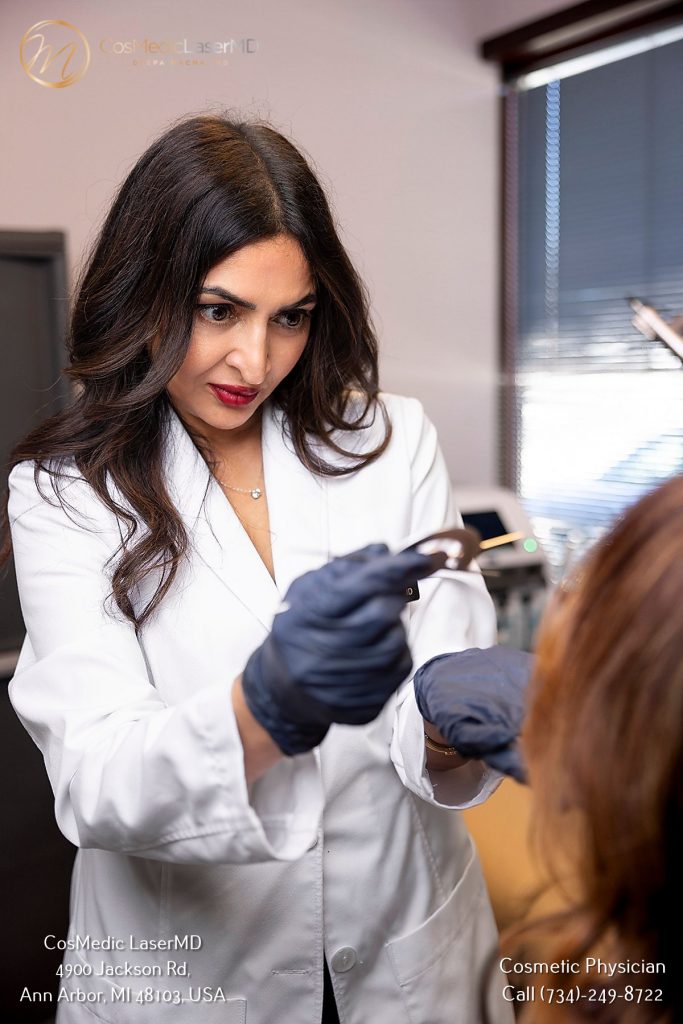
While it’s common to expect visible peeling after a chemical peel treatment, there are many factors that determine the peeling process. The depth of the chemical peel, your individual skin type and condition, the product formulation, and quality of aftercare all influence how much peeling occurs.
It’s important not to worry if your light or medium chemical peel does not visibly peel your skin, as these treatments work gradually to improve tone, texture, and radiance over time. Focus on being patient and continuing proper skincare, while consulting your dermatologist if you have any concerns about lack of peeling.
With reasonable expectations and professional guidance, you can achieve beautiful, youthful skin, whether or not dramatic peeling occurs.
Next Steps
Still have questions about maximizing your chemical peel treatment? Contact CosMedic LaserMD to schedule your visit. Our experienced staff provide personalized guidance for your skincare needs. Discover your inner radiance with CosMedic LaserMD!

